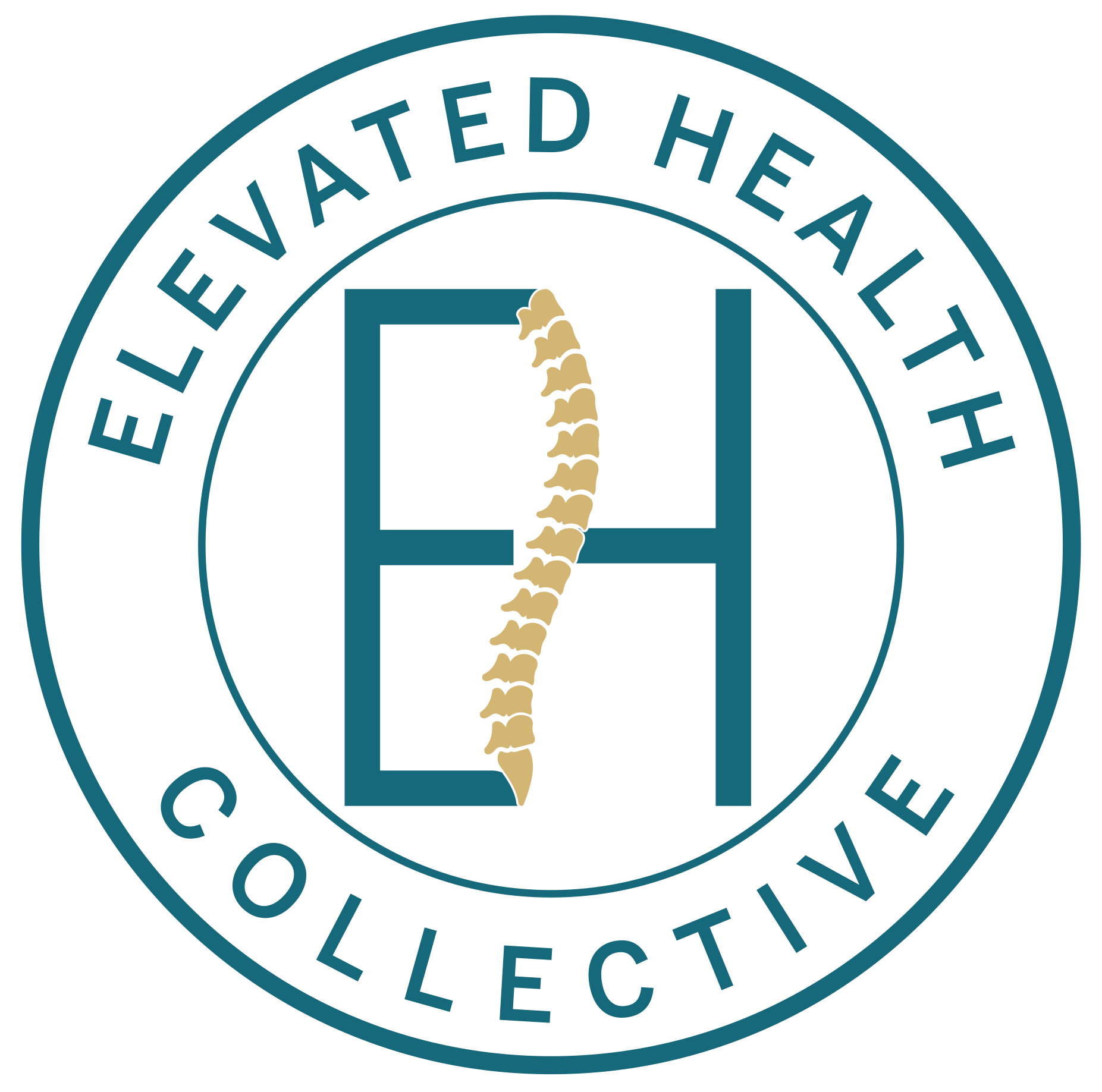What is osteopathy?
Osteopathy is a branch of (alternative) medical practice. The name derives
from the 2 ancient Greek words ὀστέον (ostéon) meaning bone, and πάθος
(páthos) meaning pain or suffering.

Manual osteopathy is a non-invasive form of manual medicine in which the practitioner uses their hands to assess and treat the whole of the patient.
This distinctive form of medical care is founded on the philosophy that all body systems are interrelated and dependent upon one another for good
health. This philosophy is based on following principles:
- The body is 1 dynamic unit of function.
- Structure and function are reciprocally interrelated.
- The body has the capacity to self-regulate.
- The unobstructed movement of all body fluid is essential to maintain health.
- When the normal adaptability is disrupted, or when environmental changes overcome the body’s capacity to self-regulation and maintenance, disease may occur.
- Rational treatment is based on the understanding of all the above principles.
To me, manual osteopathy as a form of science that requires an art of
touch. Let me elaborate on that:
As a well trained practitioner of manual osteopathy, I have extensive
knowledge of anatomy and a detailed understanding of physiology,
biomechanics and biodynamics. My highly skilled sense of touch enables
me to assess all body systems: musculoskeletal (muscles, tendons,
ligaments, fascia), cardiovascular (circulation and blood vessels),
neurological (nervous system), cranial-sacral (cranial bones and their
connection to the sacrum/tailbone), and visceral (organs). All those
structures and systems are actually interconnected.
Being healthy means that your body is seeking and able to maintain a
balance between said systems. Pain occurs when at least one or perhaps
even all of those system function improperly.
Osteopathy is not magic but rather smartly applied anatomy, with a
practitioner that can listen and pay attention to you and your body.
As a manual osteopath, I regard the body as a whole rather than a
collection of all its parts and acknowledge its inherent ability to self-
regulate.

